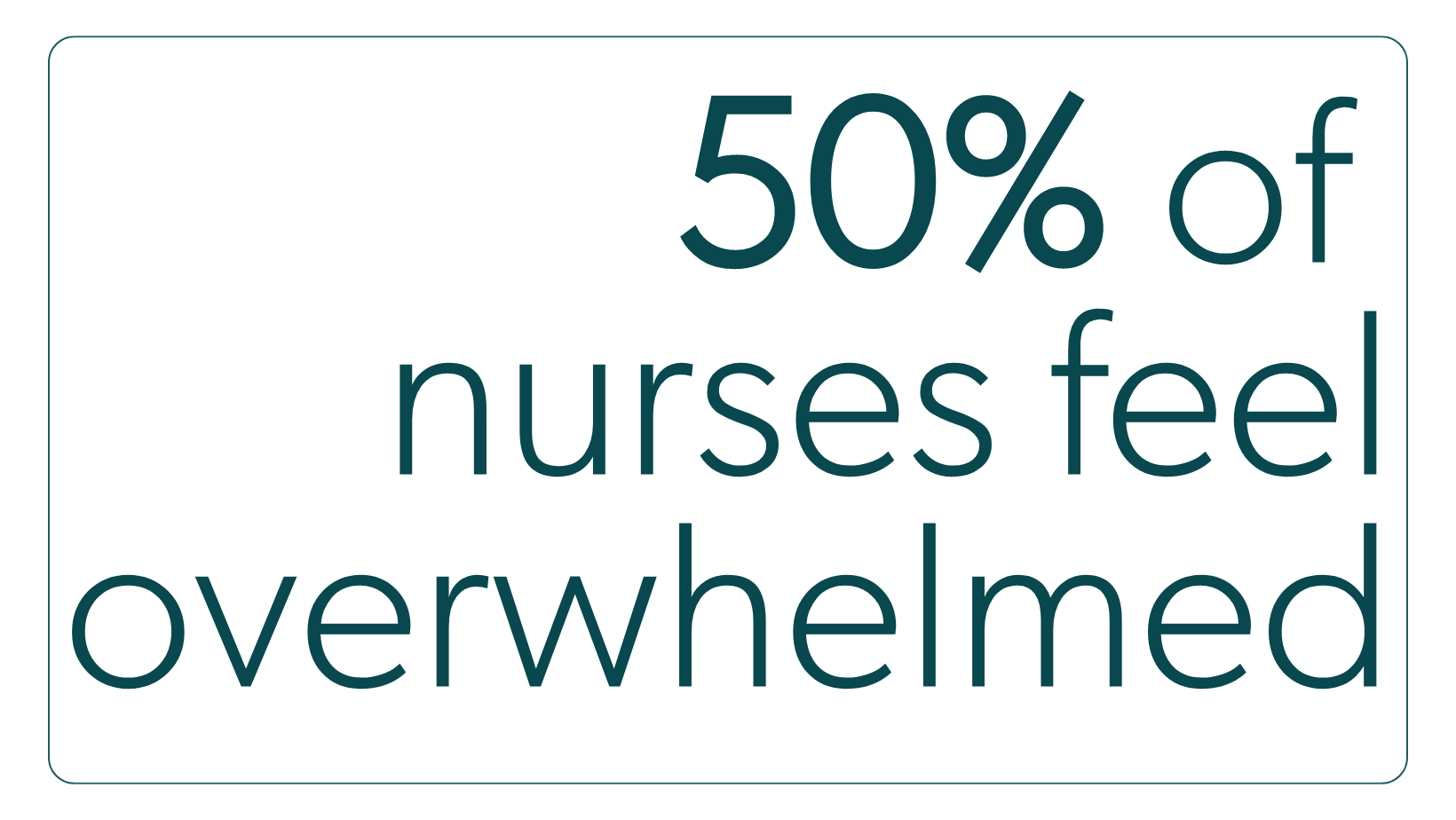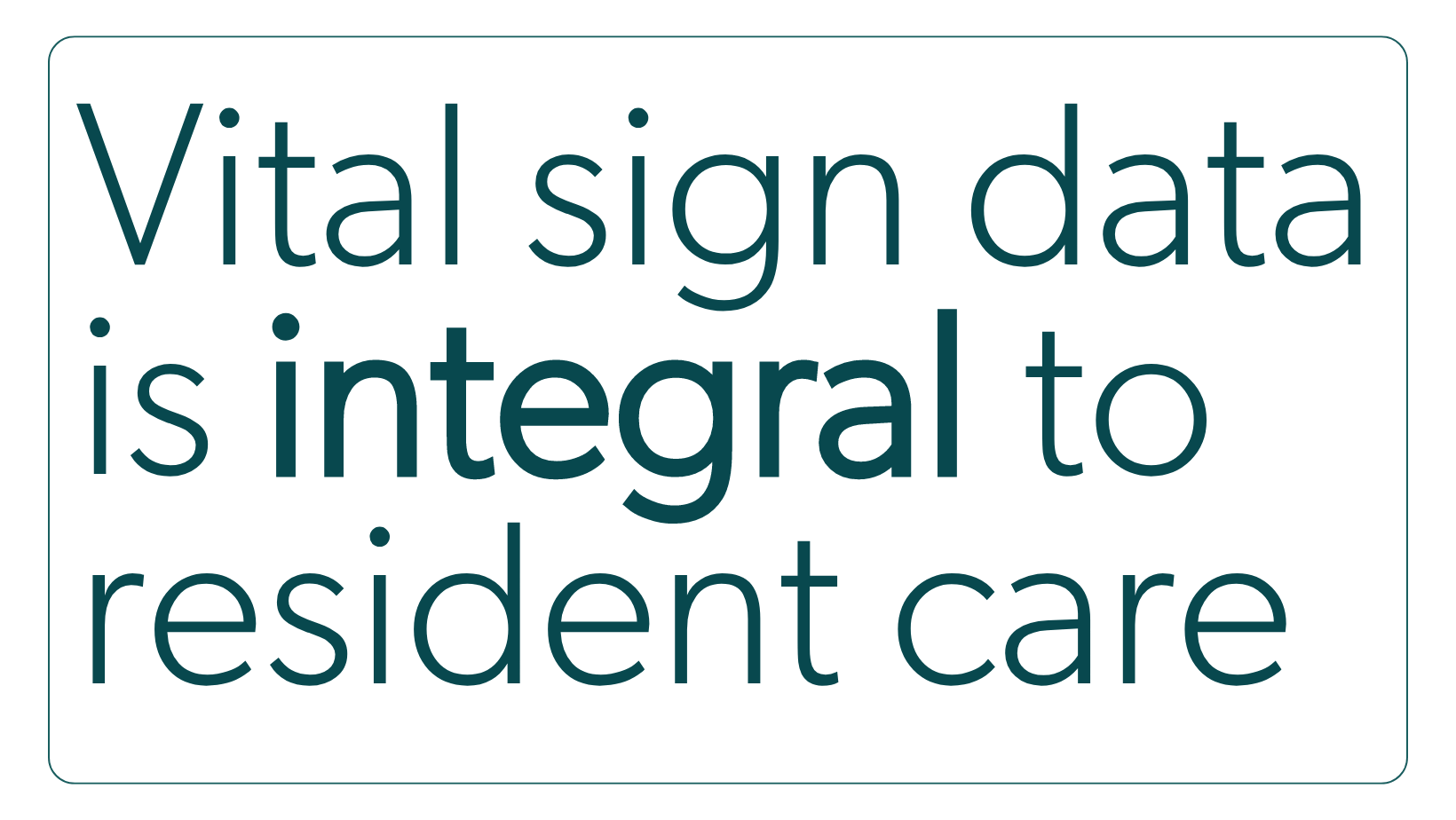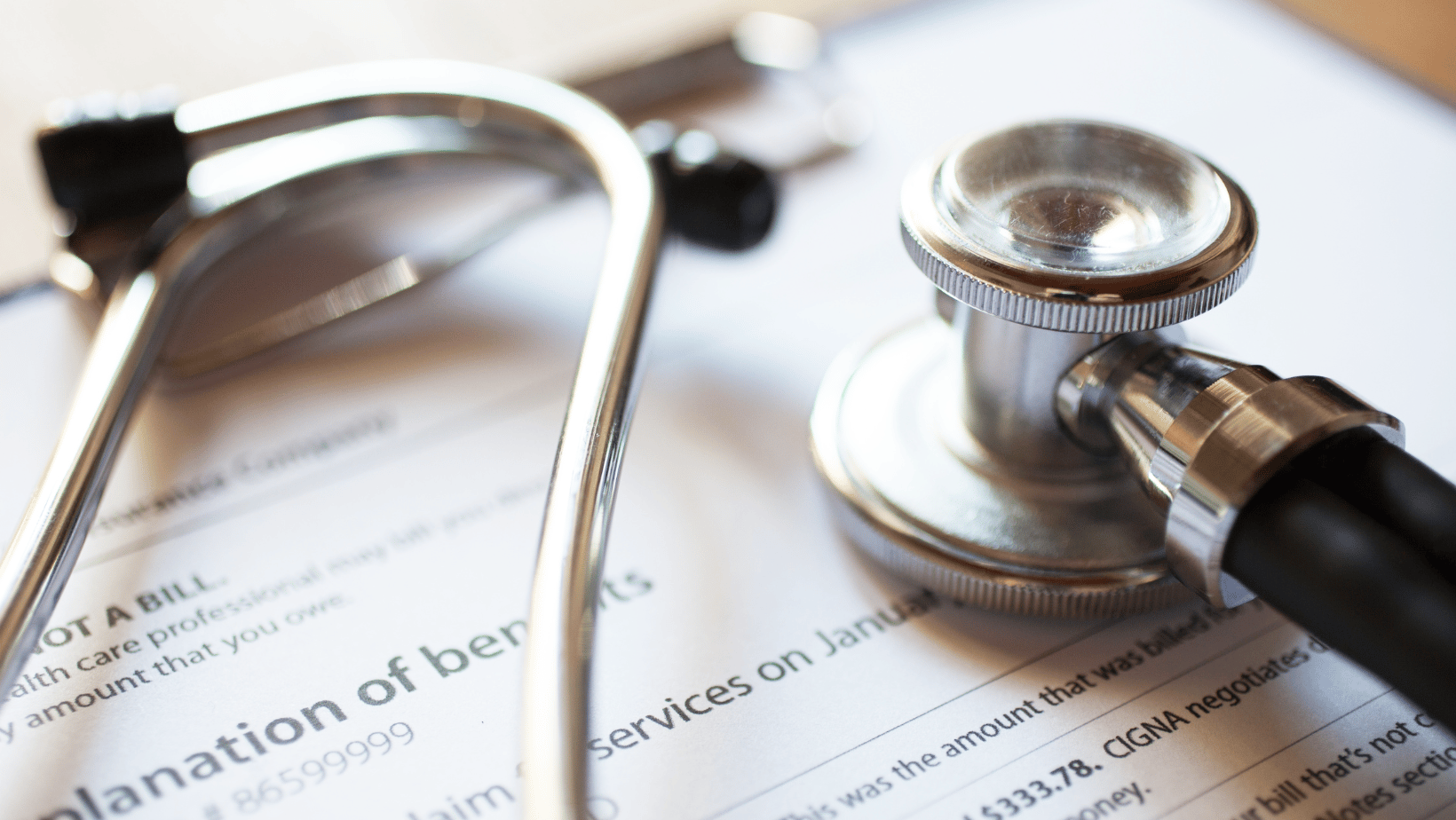The success of your nursing facility depends heavily on your nursing staff — but who empowers them to deliver high-quality care? In a 2024 survey, 7,419 nurses were asked how they felt in the last 14 days - 50% felt overwhelmed, 48% felt undervalued, 41% felt unsupported, and only 11% felt empowered.
One thing is clear: nurses are struggling mentally and emotionally. And without a strong, knowledgeable team of empowered nurses, your skilled nursing facility (SNF) simply cannot reach its full potential.
Nursing staff empowerment isn’t always easy. But if you have an effective, targeted plan, you can make a difference in your nurses’ lives and inspire them to give their best now and in the future. In this article, we’ll share how you can boost nursing staff empowerment through training and education focused on accurate vital sign documentation.
 Nurse empowerment in SNFs
Nurse empowerment in SNFs
Before you can make any purposeful improvements in the area of nurse empowerment, you need to assess the situation at hand. Unfortunately, nurses in the US, Canada, and elsewhere are suffering mentally and emotionally, with lacking empowerment, high levels of stress and anxiety, and more. The residents are paying the price of less-than-adequate care and negative health outcomes.
This is a travesty, considering that disempowered nurses second-guess themselves, hesitate, and fail to speak up. They may also be untrained or undertrained. This can lead to several problems, including:
- Low morale amongst nursing staff.
- Higher turnover due to job dissatisfaction.
- Increased burnout.
- Errors, treatment delays, and worsening resident health outcomes amount to a lower quality of care.
- Higher risk of safety issues among residents.
- Lower resident survey scores and satisfaction.
We don’t want this for your facility, staff, or residents.
Given the immense importance of nurse empowerment in SNFs, the time to make a change is now.
 Benefits of nurse empowerment in SNFs
Benefits of nurse empowerment in SNFs
Nurse empowerment has the potential to completely transform your facility. Here are some of the benefits you can expect when you focus on empowering your nurses:
- Higher morale among your facility’s team. When nurses feel empowered, it changes the very atmosphere of any nursing facility, making it more positive. This increases morale.
- Better nurse retention/less turnover. Autonomy and empowerment are two of the most important factors influencing job satisfaction for nursing staff. When nurses feel capable, valued, and confident in their careers, they’ll be less likely to leave for a different job.
- Residents are happier, safer, and healthier. With a team of empowered staff supporting them, they’ll enjoy much better-quality care with timely interventions, close monitoring, and more compassion overall.
 What does accurate vital sign documentation mean?
What does accurate vital sign documentation mean?
But where does vital sign documentation accuracy come into this? As you likely know, vital sign data is integral to resident care; it can help clinical professionals craft care plans, formulate interventions, and gauge the effectiveness of any current treatments. Every nurse must master the documentation of vital signs to properly execute their job functions. For these reasons, vital sign documentation must be accurate above all else.
Yet, SNFs have historically had a difficult time preserving accuracy in vital sign documentation.
Here are some aspects of truly accurate vital sign documentation:
- Exact measurements. To get these measurements, nursing staff must use top-notch equipment according to the correct procedures. That way, they can get a true picture of every resident’s true health state.
- Timely results. Vital signs should be recorded as soon as possible after measurement. When staff take too long to record vital signs in their system, proper interventions may be delayed, negatively affecting health outcomes.
- Completeness. Measuring vitals from all necessary angles is essential to fully understand a resident’s health status. Per internal procedures, staff may need to measure the heart rate, blood pressure, temperature, and oxygen saturation.
- Consistency. It’s essential to use consistent modes and units of measure for vital signs documentation and analysis. In doing so, clinical staff can easily draw meaningful conclusions about resident cases.
- Legibility. In cases where vitals are written down, it’s essential to ensure legibility. *We strongly recommend digitizing vital sign documentation to eliminate legibility concerns.
- Compliance. Due to the sensitive nature of vital sign data, compliance laws around documentation are numerous and specific. Some main laws to abide by include PIPA, PIPEDA, and HIPAA. Remember that regulations will vary by location. Learn more about compliance here.
As you can see, it takes a collective effort to promote vital sign accuracy. And that’s why training is so important to every SNF.
Benefits of comprehensive vital sign training for your SNF
For senior care administrators who want to empower nurses to provide excellent resident care, comprehensive vital sign training is a must. It’s not enough to simply show nursing staff how to take vitals. As part of their training, they should receive guidance on how to ensure vital sign accuracy and yield the following benefits:
- The ability to leverage accurate vitals to reliably detect illnesses and deterioration in residents.
- Reliable vital sign data set for ongoing analysis.
- Support for nurses who would otherwise be frustrated or stressed about their job duties.
- Open lines of communication and a clear hierarchy for issue resolution, making for quicker responses to adverse health situations.
- Fewer penalties and negative consequences for the facility since vital sign documentation will be more compliant.
- No more guessing regarding any residents’ vitals at any given time.
- Better health interventions are based on a clear picture of each resident’s health situation.
- Quicker plan changes and interventions, as the data will be entered or synced soon after vitals measurement.
Note: These benefits are possible if vital sign documentation is executed to a high level. Mediocrity won’t get you these results.
 Winning strategies for training nursing staff on vital sign documentation
Winning strategies for training nursing staff on vital sign documentation
Vital sign documentation training can be overwhelming for staff who already have a lot on their plates. It can also be equally difficult for new nurses to transition from school to practice. But if you have a game plan in place for your nursing staff training sessions, you’ll be in a position to enjoy the results we mentioned in the previous section.
Here are some winning strategies for training nursing staff on vital sign documentation:
Make sure training sessions are comprehensive
Vital signs documentation is a loaded topic with a lot of information to absorb. To ensure that your nurses feel ready and empowered by the end of the training, ensure that the training is comprehensive. If they finish training and come up against unfamiliar situations they should’ve been trained on, this can be demoralizing and frustrating. To be thorough, ensure that it includes these vital sign documentation focus areas at a minimum:
- How to get accurate measurements.
- When to take vitals measurements.
- Procedures for informing staff of abnormal measurements.
- The importance of vital sign accuracy.
- Compliance in vital signs management.
- Workflows for vital sign measurement.
All of these topics, and more, are critical.
Try to make the training sessions engaging
Unengaging training sessions usually have low participation and information retention. You’ll need to actively avoid this in your training sessions with your nursing staff. Studies show that when training is engaging, staff are more likely to get involved, and they tend to retain the information a bit better. Here are some ways to make training sessions engaging for your staff:
- Keep concepts and objectives clear and concise.
- Get your staff involved with hands-on interactions and practice scenarios.
- Allow staff to use any new technology (equipment, vital sign monitoring software, etc.) during training to get their feet wet.
- Have conversations to foster a connection between the instructor and staff.
- Choose an upbeat instructor who isn’t afraid to smile now and again.
- Avoid bogging your staff down with meaningless or unnecessary training rules or penalties.
- Ask group questions throughout each session.
- Ensure information in the training sessions relates to actual nursing duties and workflows.
- Open the floor often to allow your nursing staff to ask questions and have discussions.
 Incorporate knowledge checks and quizzes
Incorporate knowledge checks and quizzes
Throughout any training session, you’ll need to gauge the effectiveness of the training. One great way to do that is to incorporate knowledge checks and quizzes at regular intervals. It’s even better if these are done on a digital platform, as you can quickly review scores and pivot as needed to foster a better understanding for individuals or the entire group.
Facilitate mentorship
Few training tactics are as effective as hands-on mentorship. In situations where new nurses need training, pairing them up with a mentor who already knows the ropes could be helpful. The new nurses can shadow them to gain some much-needed experience. Be careful who you pair each trainee up with; whenever possible, try not to group people with clashing personalities together.
Retrain as needed
As you complete ongoing audits and evaluations of vital sign documentation, you may find that one or more nurses need a refresher class. Be ready and willing to retrain these nurses as needed to keep them on track.
So, there you have it — everything you need to know about boosting your nursing staff’s empowerment through accurate vital sign documentation training. To learn more about how to transform your facility for the better, we encourage you to read this article. We hope you found all the information you were looking for, and we wish you the best as you strive to empower your nurses to do their best work.